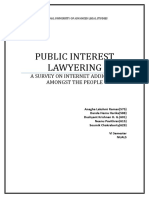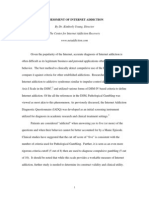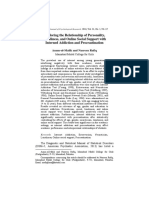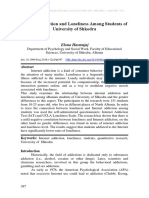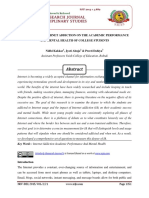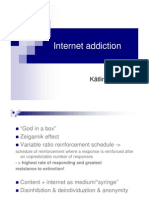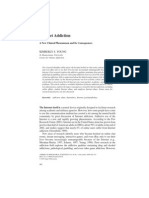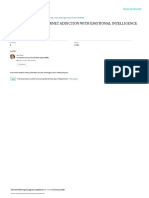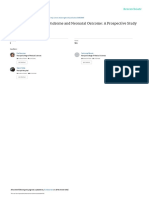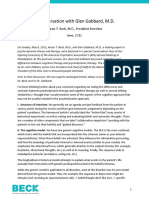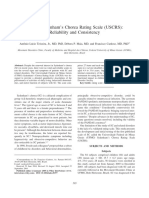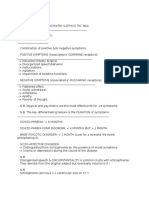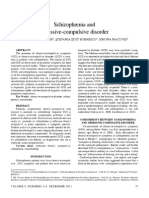0% found this document useful (0 votes)
31 views9 pagesCompulsive Behaviour and Internet Addiction
The study investigates the correlation between Internet Addiction and compulsive behavior among 532 university students at the University of L'Aquila, Italy. Results reveal that 97% of participants show signs of Internet Addiction, with a significant association between obsessive-compulsive symptoms and Internet use patterns. The findings indicate that Internet Addiction affects both genders similarly, challenging previous assumptions about gender differences in this context.
Uploaded by
Aliza Raudatin SahlyCopyright
© © All Rights Reserved
We take content rights seriously. If you suspect this is your content, claim it here.
Available Formats
Download as PDF, TXT or read online on Scribd
0% found this document useful (0 votes)
31 views9 pagesCompulsive Behaviour and Internet Addiction
The study investigates the correlation between Internet Addiction and compulsive behavior among 532 university students at the University of L'Aquila, Italy. Results reveal that 97% of participants show signs of Internet Addiction, with a significant association between obsessive-compulsive symptoms and Internet use patterns. The findings indicate that Internet Addiction affects both genders similarly, challenging previous assumptions about gender differences in this context.
Uploaded by
Aliza Raudatin SahlyCopyright
© © All Rights Reserved
We take content rights seriously. If you suspect this is your content, claim it here.
Available Formats
Download as PDF, TXT or read online on Scribd
/ 9

